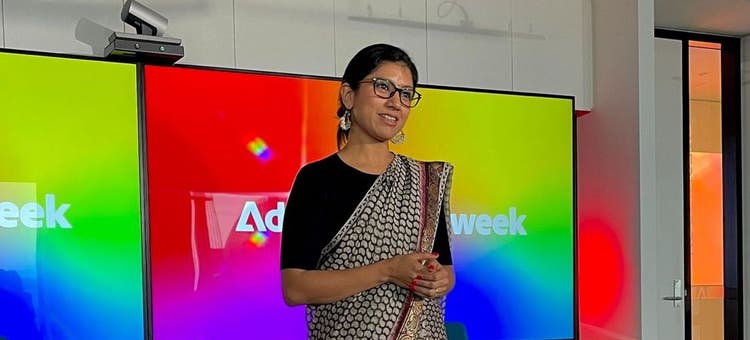The fundamental principles for building an open culture

I started my career in India, where the HR landscape is quite different to APAC. Working across cultures has meant I’ve had to adjust certain things in my approach, but at all times there are key learnings I’ve carried from one side of the world to the other.
Perhaps the biggest is simply being open. I’ve learned that to do my job well, I should avoid assumptions, ask questions and fully understand something before taking any action, and crucially, that transparency and collaboration make for a healthy organisation!
Adobe has a very people-centric culture. It’s built on our strong company values of ‘Being Genuine’, ‘Raising the Bar’, ‘Own the Outcome’ and ‘creating the future’, and I’ve seen multiple examples of these values being embraced over time. There is always a genuine intent to collaborate at Adobe, which is very much enabled by our flat organisational structure. Leadership and information are accessible to everyone and it’s a great example of how an open culture leads to a successful business.
Embrace change
Thanks to my early experiences across a breadth of HR functions, and applying process improvement methodologies (eg. Six Sigma and Lean), I have a strong, cross-functional understanding of HR and business.
Fundamental to this is understanding that organisations have to constantly respond to evolving internal and external environments. Change is not a choice, so you need to build a culture that embraces agility, stays iterative and promotes learning. This will allow you to adapt well and fast.
What is most important is staying clear on the purpose and values that are governing that change. This clarity will help with effective change management and keep employee confidence high during times of ambiguity.
Create an inclusive culture
I have found that the following three things specifically work very well in promoting inclusion within teams and companies:
- Making the effort to connect with teammates and getting to know them properly. Approaching conversations with a genuine curiosity to both check in with your colleagues and learn what’s important to them.
- Being respectful of people's time zones when operating as a global team. Scheduling meetings within everyone’s working hours, or rotating meeting times to accommodate different time zones fairly.
- Acknowledging and accepting that you don't know it all and maintaining a learning mindset. Listening, seeking to understand and not interrupting when someone is presenting a viewpoint that challenges one’s own assumptions.
Also, at Adobe, we have a philosophy called ‘Adobe For All’ that further encourages inclusion by providing very actionable steps for all employees. Whether it’s amplifying others or appreciating the unique in everybody, we have multiple forums that allow our employees to open up, ask questions and share their perspectives.
Lead with empathy
What has always stood out for me at Adobe is its empathy. Most recently through the unending waves of the pandemic, we’ve had many benefits and practices implemented that have made such a difference to employees.
Two in particular are our global ‘Day Offs’ during which everyone can disconnect from work completely, and ‘Covid Leave’, now called ‘Disaster and Epidemic Time Off’. This gives people a chance to care for themselves or loved ones impacted by COVID or other similar events. We have had employees who took annual leave to visit families and were impacted by COVID during their travel, so they were able to use their leave instead and keep their annual leave to use another time.
As an HR professional, we need to remind ourselves and our leaders to continuously keep empathy at the centre of how we operate, and I certainly appreciate working at a company that doesn’t forget that.
Become part of the inclusive, collaborative world of Adobe! Browse open roles here.